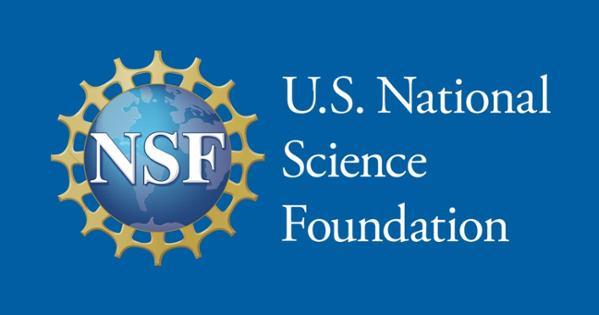NSF Faces Legal Challenges Over Research Funding Policies
The National Science Foundation (NSF) is currently embroiled in a legal dispute following a lawsuit that contests its recent policy to limit indirect research costs to 15%. This action, initiated by a coalition of academic institutions and research organizations, contends that such a cap jeopardizes the financial viability of essential research projects nationwide. Given the NSF’s pivotal role in fostering scientific progress and innovation, the outcome of this lawsuit could have far-reaching effects on both academic and research sectors. As stakeholders await further updates, this case prompts critical discussions about balancing federal resource management with the intricate financial needs of research entities.
Consequences of the Indirect Cost Cap on Research and Development
The ongoing lawsuit against the NSF regarding its 15% cap on indirect costs carries significant ramifications for academic research and development. Many universities depend heavily on federal funding; thus, this restriction could fundamentally alter budgeting strategies for numerous initiatives. Researchers express concerns that such limitations may lead to insufficient funding for vital support services necessary for effective project execution, ultimately compromising the integrity of their findings. Indirect costs encompass crucial expenses like administrative support, facility upkeep, and utility bills—elements essential for maintaining productive research environments.
Moreover, this cap might impede collaboration among institutions—particularly affecting partnerships between large universities and smaller colleges or non-profit organizations. The potential funding disparities could exacerbate existing inequalities in research capabilities across different institutions, leading to a narrower spectrum of innovative projects being pursued. Stakeholders worry that these restrictions may prioritize high-return projects over equitable access to diverse research opportunities. As legal proceedings unfold, many within academia are left pondering how these policies will influence future funding strategies and collaborative efforts.
Strategies for Academic Institutions to Address Funding Issues
- Diversifying Revenue Streams: Colleges should actively pursue alternative sources of funding such as grants from private foundations or industry collaborations.
- Cultivating Partnerships: Forming strategic alliances with other educational entities can create synergistic opportunities for shared resources and joint funding initiatives.
- Enhancing Financial Management: Implementing rigorous cost control measures alongside transparent budgeting practices can help optimize limited resources effectively.
- Lobbying Efforts: Engaging in advocacy at local or national levels can amplify institutional voices in discussions surrounding federal policy changes related to research financing.
Additionally, leveraging data analytics can inform better decision-making regarding funding approaches. A thorough examination of current expenditures alongside available revenue sources may reveal areas ripe for cost savings or optimization efforts. The table below highlights various potential funding avenues along with their defining characteristics relevant to higher education institutions:
| Funding Source | Description |
|---|---|
| Federal Grants | A reliable source offering long-term support; typically involves competitive application processes. |
Conclusion: Navigating Future Challenges in Research Funding
The ongoing litigation against the National Science Foundation concerning its 15% limit on indirect costs represents a pivotal moment in discussions about financial mechanisms within higher education systems. As developments unfold throughout this case process, it raises vital questions about how academic endeavors are funded—and what implications arise as universities strive to uphold strong programs amidst changing landscapes.
Stakeholders across academia remain vigilant as they monitor these proceedings closely; outcomes from this case have potential repercussions not only on current practices but also influence future trajectories concerning scientific exploration and innovation throughout America’s educational landscape.
As conversations continue around issues like equity in financing models alongside sustainability challenges facing researchers today—the broader implications will undoubtedly shape dialogues well beyond just academia itself.
